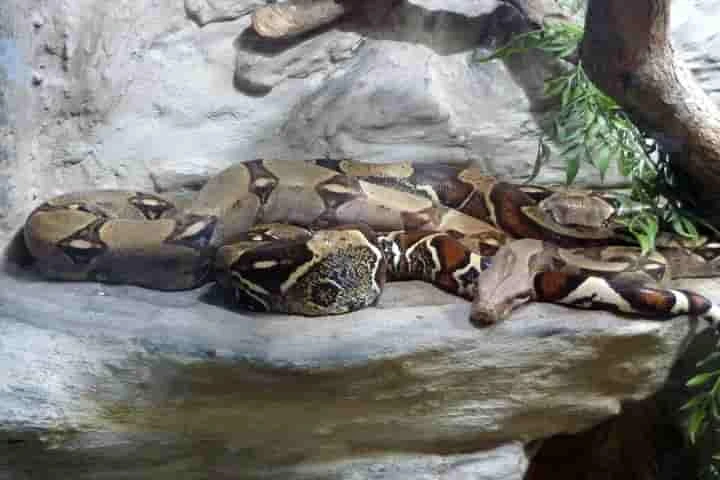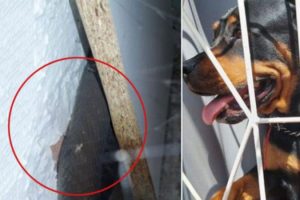Among the snakes the sight of constrictors like a boa catching a prey to immobilise it by crushing it to death and then devouring the prey completely, is not for the faint hearted. Now, a report in sciencealert.com mentions that scientists have finally found out after a detailed study as to how these reptiles manage to kill without choking themselves.
Though the commonly held belief among people is that boas — which are not poisonous — eliminate their prey by cutting off their breathing, they in fact cut off the flow of blood to the heart and brain to achieve that. It is through this means they are able to bring down animals bigger and larger than them, including monkeys, ocelots and wild pigs in their South and Central America forested habitats. They are aided in this by their jaws which can stretch incredibly wide, thus enabling swallowing of the large prey.
Mammals have a thin layer of muscle called diaphragm that moves air in and out of lungs by contracting but snakes have nothing like this and instead have to depend on their rib muscles to breathe. What this means is that when these muscles are involved in squeezing a prey externally or taking down the food, they can’t be pushing air at the same time.
Also read: Beware of the snake’s hiss, the reptile means business
Still these nocturnal serpents while bringing down their prey hike their consumption of oxygen by seven times in contrast to the periods of rest while this rate goes up to 17 times when they are digesting an animal which is a quarter of their body weight.
The fact that the boa constrictors could continuously for 45 minutes squeeze another animal but are able to breathe and live always bewildered the scientists.
Leading a team of researchers, John Capano, who is from Brown University and an evolutionary biologist, used blood pressure cuffs to find out what transpires when different parts of the body are compressed.
Recalling this procedure, Capano said: “Either the animals did not mind the cuff or became defensive and hissed to try to get the researcher to leave.” Explaining that the reptiles while hissing fill their lungs, he said: “This was an opportunity to measure some of the biggest breathes snakes take.”
Pressing the cuff at different points, the scientists were able to evaluate and work out the movement of the ribs in the boa. When the ones closest to the head of the snake were restrained by gripping the cuff, the ribs which were located further down towards the tail commenced to heave in and out air. Likewise, the back ribs when gripped made those located in the front part take over the work of pushing and taking in air.
The researchers realised that the boa constrictors are able to change which part of the rib cage will take care of breathing movements. This helps them not get suffocated when breathing muscles are involved in other jobs like squeezing the prey or taking in the food.
This recently found mechanism and ability of this snake has been termed by Capano and colleagues as “modular lung ventilation”. They feel that this system evolved when the reptiles started constricting their prey.
Also read: Australia’s highly poisonous snakes reached the continent by sea – Study
Animals with backbones have evolved at least 65 times into bodies which are long and noodle shaped and among them snakes have a wide variety with about 4,000 known species. The scientists feel that the capability of bringing down prey larger than them and then swallowing them completely, is what has provided snakes the extra edge to help themselves to a larger number and variety of animals.
Highlighting the modular lung ventilation, Capano and team noted that it was a key element in the evolution of the snakes. "This remarkable ability to subdue and consume such massive prey may have facilitated entry into novel ecological niches."
Details of their research was published in the Journal of Experimental Biology.




















